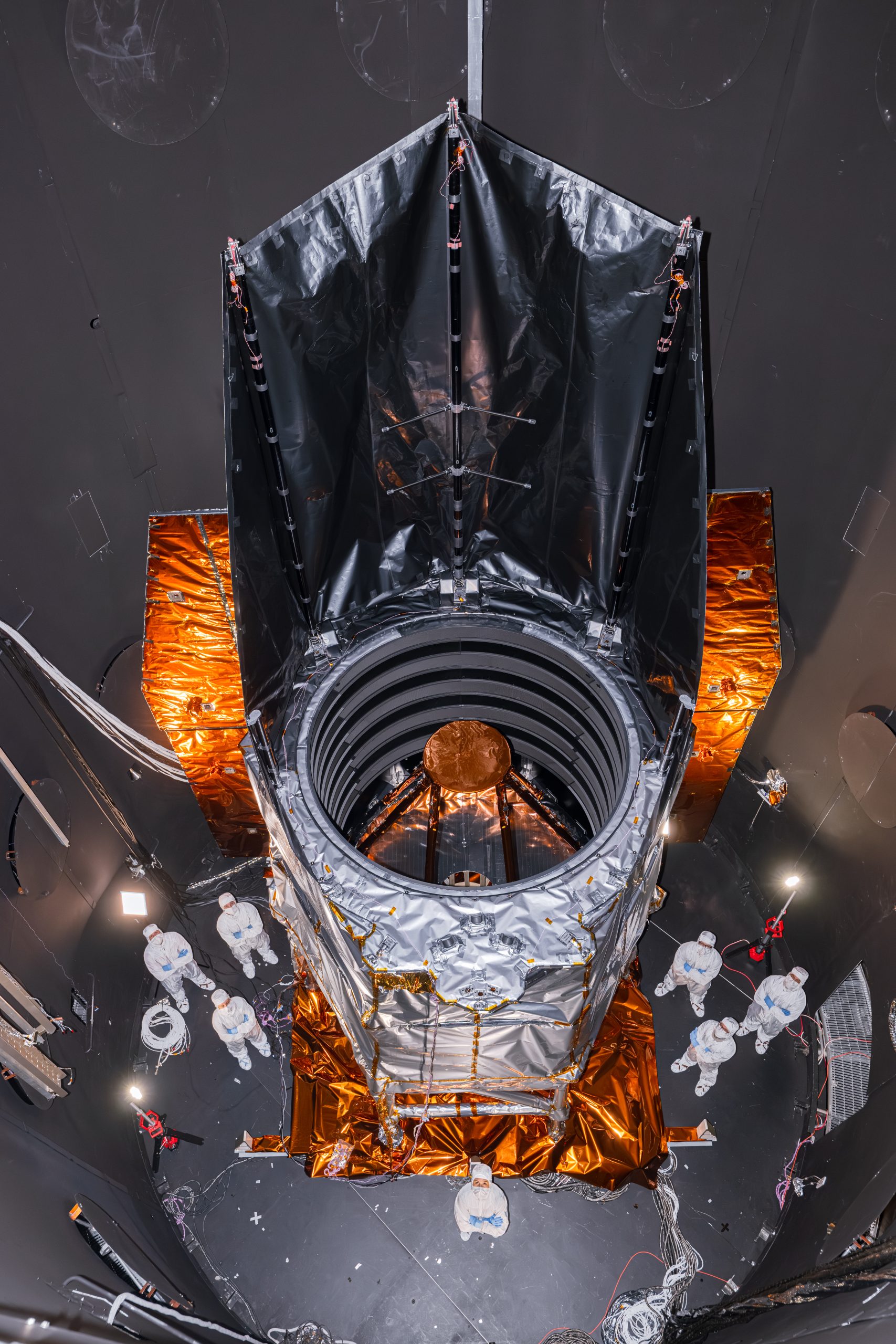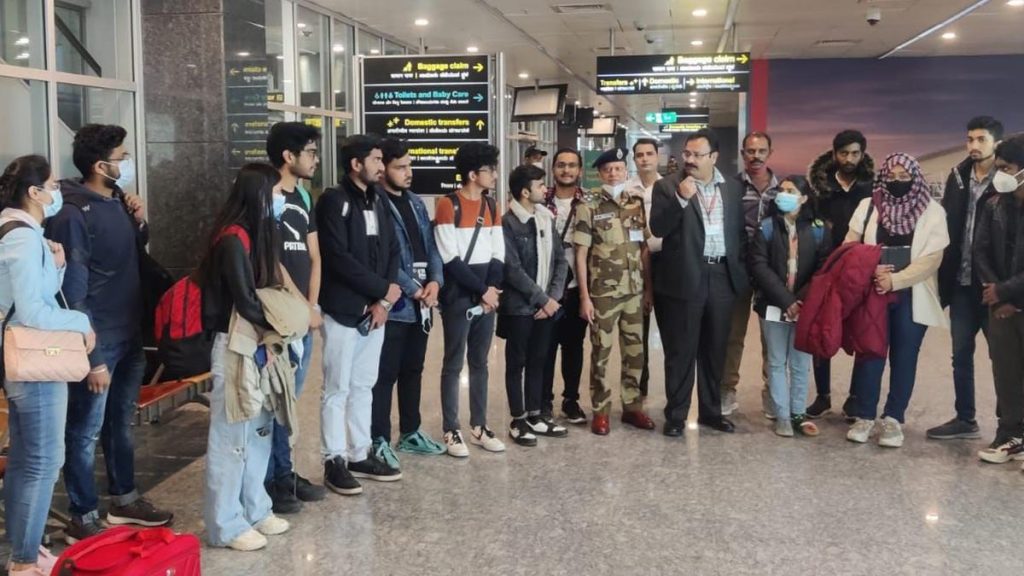Now Reading: NASA’s Roman Telescope Passes Crucial Thermal Vacuum Test
-
01
NASA’s Roman Telescope Passes Crucial Thermal Vacuum Test
NASA’s Roman Telescope Passes Crucial Thermal Vacuum Test

Fast Summary
- NASA’s Nancy Grace Roman Space Telescope has successfully completed a critical thermal vacuum test for one of its major assemblies.
- The flight solar array sun shield and deployable aperture cover will be attached this month, followed by environmental testing of the entire flight assembly.
- Roman telescope’s outer barrel assembly underwent extreme temperature tests to simulate space conditions at NASA Goddard’s Space Habitat Simulator.
- Additional assessments, including vibration tests (shake tests), are planned to verify structural integrity during launch stresses.
- The spacecraft’s integrated payload assembly (housing the telescope and instruments) will also undergo thermal vacuum testing and shake tests shortly.
- the two major portions of the telescope are scheduled for integration by November 2023, forming a complete observatory by year-end.
- Post final evaluation, Roman is projected to ship to Kennedy Space Centre in Florida for launch readiness in summer 2026. Launch remains on track for May 2027, with an aim for fall 2026 if feasible.
For further facts on interactive visualizations: Nancy Grace Roman Space telescope Interactive Tour.
Indian Opinion Analysis
The Nancy Grace Roman Space Telescope represents significant progress in global astrophysics research capabilities. Its developments may present opportunities for collaborative studies between Indian scientific institutions and NASA. India has actively pursued advancements in space exploration through ISRO and could find potential use cases or partnerships leveraging the data from the telescope in fields like cosmology, dark energy research, or exoplanet detection.
Furthermore, India’s growing prominence as an emerging leader in space technology aligns with international efforts such as those demonstrated here. It offers a chance to reflect on how agencies like ISRO could further cement ties with global counterparts through joint missions or knowledge-sharing agreements. As India increasingly unifies its scientific goals within international frameworks – fostering collaboration around projects that enable precision-focused instruments like this one – meaningful strides toward shared knowledge can enhance both national achievements and broader contributions across science frontiers.
Read More: link
























